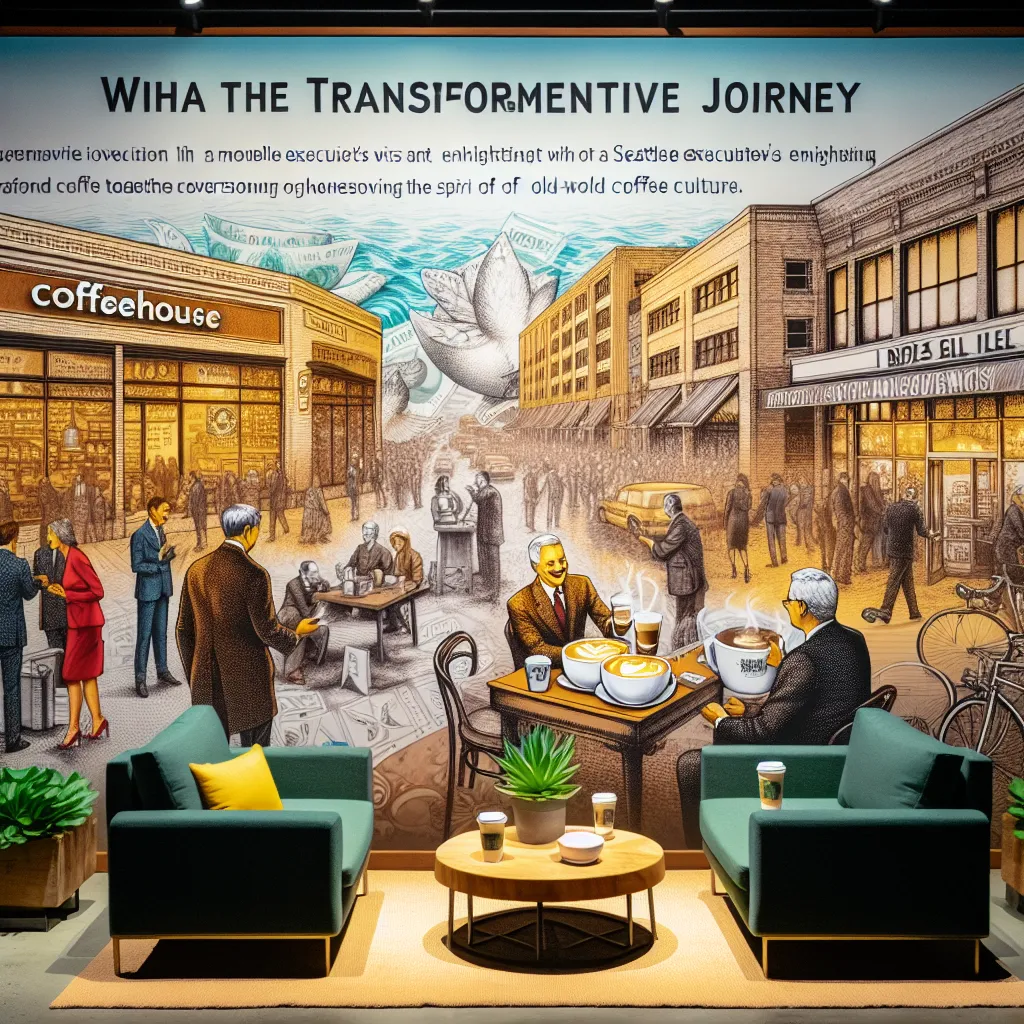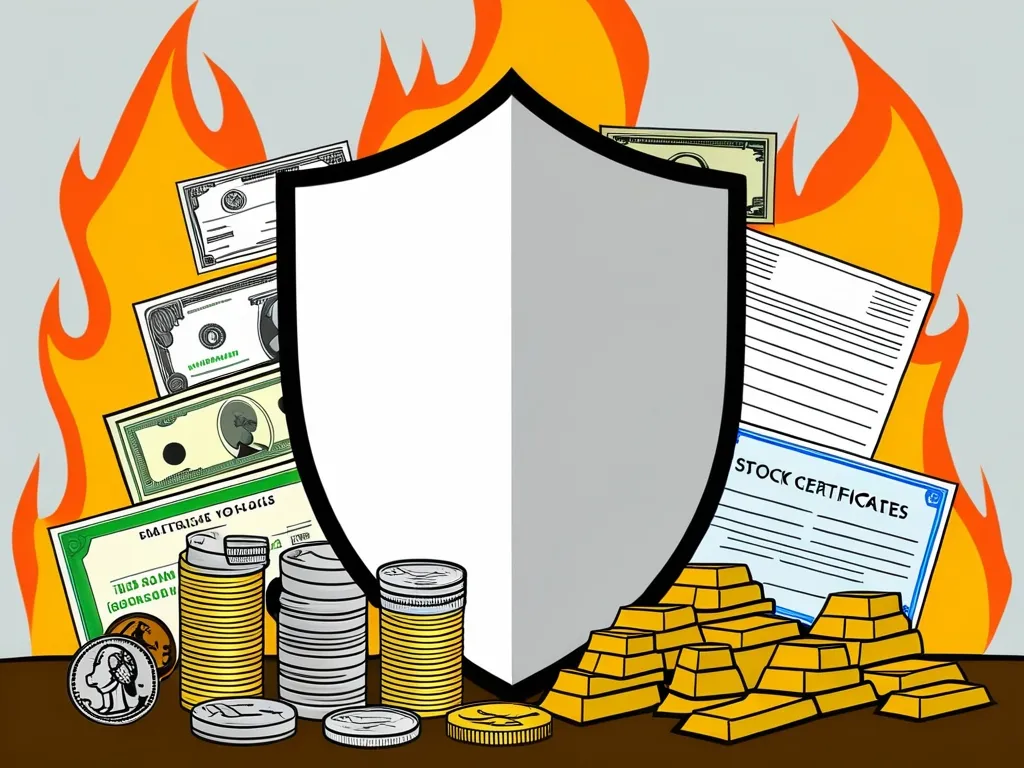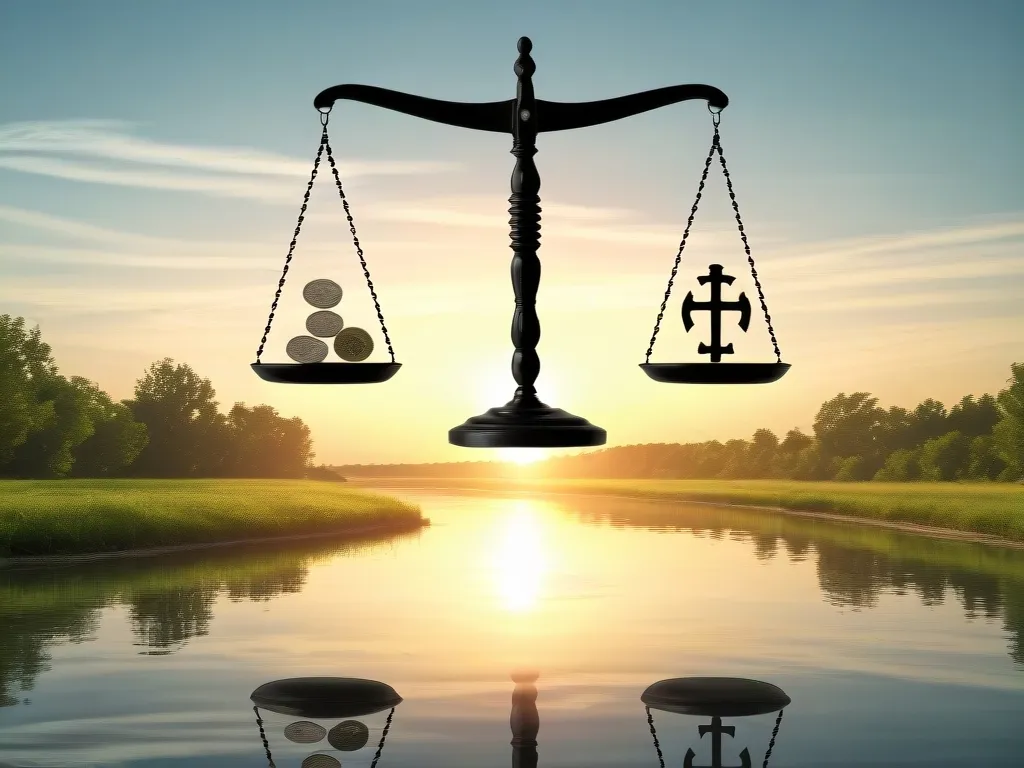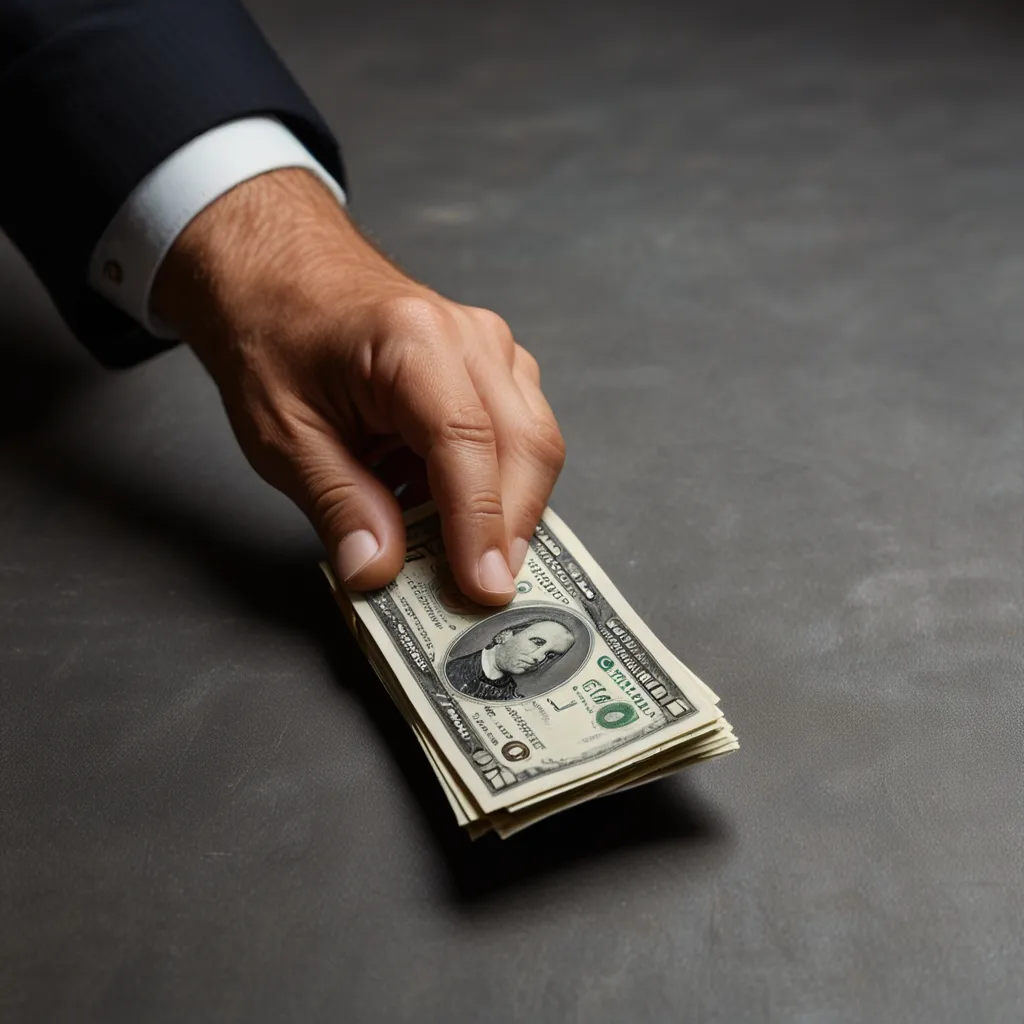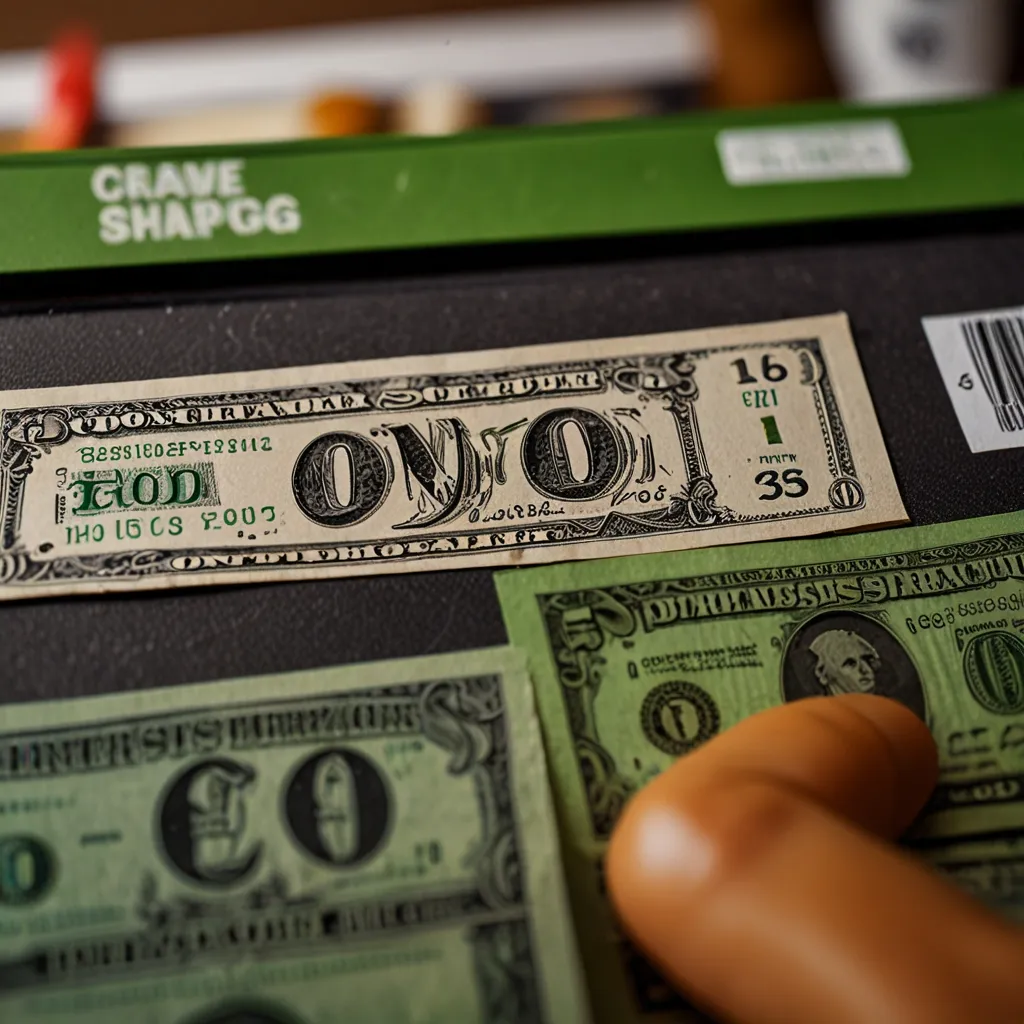Riddle me this: some like it cold, some hot. I’m ground, boiled, tamped, and shot. I’m mild or bold, in a cup or a pot. And I’m willing to bet that you like me a lot. If you hadn’t guessed it, I’m talking about coffee. Yup, as a nation, we’re hooked on the stuff. It’s woven into the fabric of American life, like apple pie or baseball. But, funnily enough, the U.S. doesn’t even crack the top ten list of coffee-drinking nations.
From morning routines at Starbucks to late-night work marathons fueled by caffeine, our love for coffee is undeniable. Just a few years ago, coffee in the U.S. was a weak, watered-down brew. Today, it’s a booming industry, thanks in large part to one company: Starbucks.
To understand how Starbucks changed our coffee culture, we need to head back to rainy Seattle in the early ’70s. Three college friends, bonded over their love of quality coffee, hatched an idea. One of them, Gordon Bowker, was so obsessed that he made regular trips to Vancouver for better beans. This lightbulb moment led them to sell high-quality coffee beans in Seattle, opening their first Starbucks store near Pike Place Market in 1971.
Starbucks was inspired by the knowledge from Alfred Peet, who brought premium coffee to the U.S. The trio—Bowker, Siegel, and Baldwin—learned the art of roasting beans and made connections with top coffee brokers. Fun fact: people often think Starbucks was named after a Moby Dick character, but it actually came from a mining camp called Starbo.
Surprisingly, back then, you couldn’t buy a cup of coffee at Starbucks. They only sold beans and equipment. That changed when Howard Schultz, a coffee machine salesman, walked into their store in 1982. He was blown away by the experience and knew Starbucks had something special.
Schultz convinced the founders to let him join the team, and after a trip to Italy, he came back with a bold idea: Starbucks should be more like European cafés, where coffee wasn’t just a drink, but an experience. Despite initial resistance, Schultz’s vision eventually took shape, though not without some bumps along the way.
When Schultz left Starbucks to start his own café, he remained drawn to the siren’s call. In 1987, he managed to raise $3.8 million to buy Starbucks, merging it with his café and expanding rapidly. By 1996, Starbucks had opened its 1000th store and by the end of the decade, that number had tripled.
Howard Schultz’s strategy was genius. Every new store maintained the same quality and atmosphere, thanks to rigorous standards and top-tier management. Starbucks became a household name, synonymous with quality coffee.
However, the rapid expansion had its pitfalls. By the late 2000s, the company had overextended, compromising on quality and customer experience. Schultz returned as CEO in 2008, shuttering stores and retraining baristas to restore Starbucks to its original values.
Under Schultz, Starbucks also embraced digital innovation, launching a loyalty card and an app that now accounts for a significant portion of sales. The company thrived once more, expanding globally, especially into key markets like China.
Throughout its journey, Starbucks has stayed true to a philosophy of putting people first. From healthcare benefits for employees to covering college tuition, Starbucks aims to be more than just a coffee company.
So next time you sip that perfectly brewed cup, remember the tale of how Starbucks and an unwavering commitment to quality and experience transformed American coffee culture.
